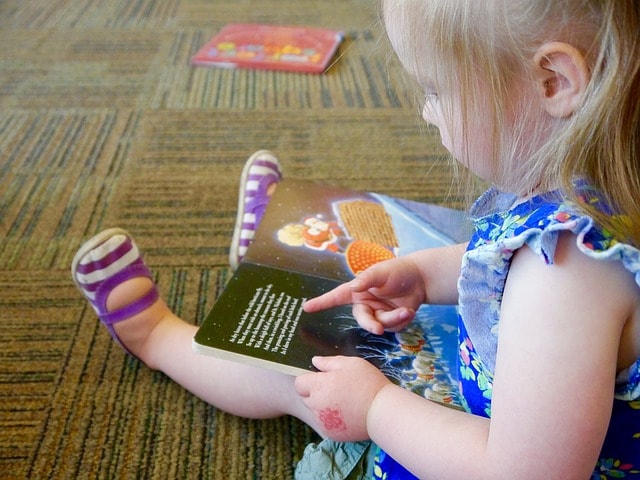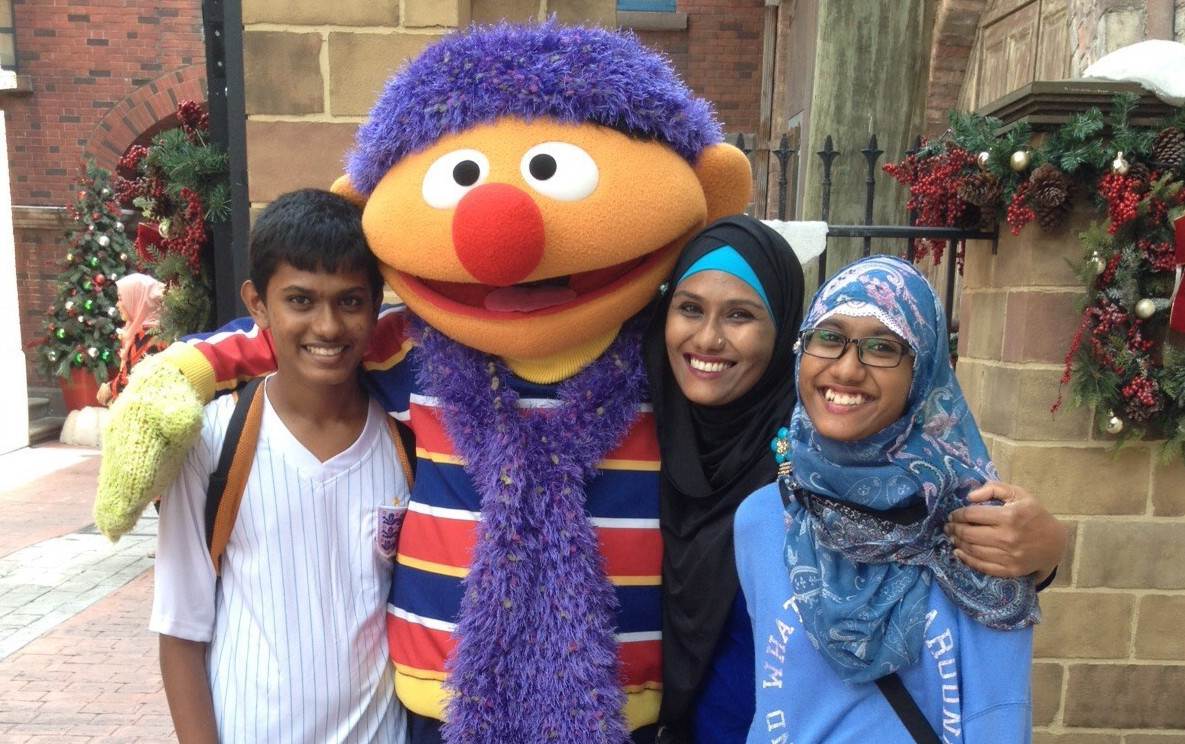In our multicultural society that is Singapore today, it’s inevitable that many parents lose much sleep worrying about raising a child who is at least bilingual, and sometimes multilingual. It’s no secret that the Singapore school system puts great emphasis on students having a good grasp of their mother tongue by the time they are old enough to take the Primary School Leaving Examinations (PSLE). Different families have various strategies to cope with the need for language learning.
➡️ Related Read: Imporant PSLE Dates

In some homes, dad intentionally speaks English and mum Mandarin – or vice versa. In one home, there is a daily half-hour of “Chinese reading time” for their preschooler to get familiar with the subject. In our family, we only ever listen to Chinese music in the car, and also own several action song videos which our son watches at home. I also know of some couples who, despairing of ever being able to teach their child sufficiently due to their own difficulties with their mother tongue, hire a personal tutor for their child from nursery / kindergarten days to “immerse” him in the language early on.
While there is no hard and fast rule, as every child is unique and develops at his own pace of interest and readiness, here are a few tips you might find handy:
#1 Read to your child in English and your mother tongue daily
Don’t focus exclusively on English books at the expense of age-appropriate books in your mother tongue. Reading interesting books to your child daily will cultivate familiarity and love for the language.
#2 Start early
Don’t wait until your child starts kindergarten – invest in some resources for home-learning in fun ways for children as young as 1 year old. Experts say that children learn language best between the ages of 3 – 6 years old, after which their ability to pick up a new language decreases steadily. Talk to other mums to get recommendations for some good resources to get you started.
#3 Don’t start with writing
All too often, we start our children on language learning by teaching them to write the alphabet (English), romanics (Hindi) or strokes (Mandarin) – but there really isn’t a big need or benefit to beginning that way. Before the age of six, instead of having intensive writing sessions, focus primarily on teaching as many words in your mother tongue as possible. Writing can be easily picked up in school once your child develops an understanding and love for the language.

#4 Find age-appropriate books
To encourage your child to read his mother tongue, look for interesting and engaging, age-appropriate books for your child. For example, did you know that the standard of Mandarin in China is far higher than that in Singapore? So buying your child books from China listed as for 1 – 2 years old may overwhelm your preschooler, and be more fitting for 5 – 7 years old in our context. For 1 – 3 years old, start with very simple storybooks, or use picture books and flashcards to introduce your child to the language. Oftentimes, our attempts to ‘challenge’ our children too much too soon may cut off their natural interest in the language and derail home-learning efforts.
You may want to check out these sites for some good resources to introduce your child to your mother tongue:
For Mandarin: www.dangdang.com
For Malay: www.dinolingo.com
For Tamil: www.noolagam.com
By Dorothea Chow.
* * * * *
Like what you see here? Get parenting tips and stories straight to your inbox! Join our mailing list here.
Want to be heard 👂 and seen 👀 by over 100,000 parents in Singapore? We can help! Leave your contact here and we’ll be in touch.


























































Leave a Comment: